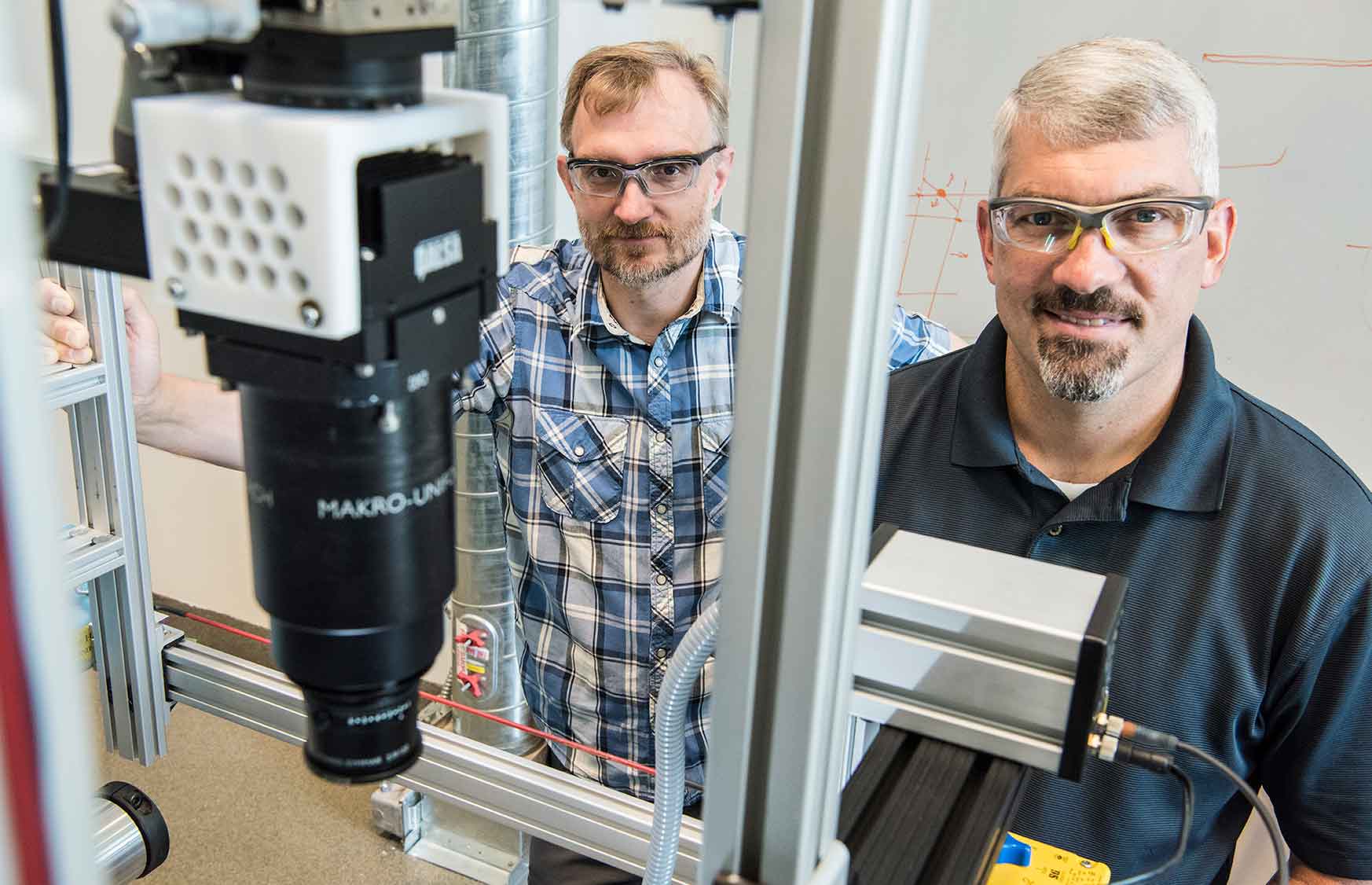Explore our collection of new stories for this topic.
Search or filter for a specific story using the options below.
November 2017
News Release: NREL Develops Switchable Solar Window
Thermochromic windows capable of converting sunlight into electricity at a high efficiency have been developed by scientists at the U.S. Department of Energy's National Renewable Energy Laboratory (NREL).
News Release: Scientific Society AAAS Honors NREL's Tumas as Fellow
William Tumas, an associate laboratory director for the U.S. Department of Energy's National Renewable Energy Laboratory (NREL), has been elected a fellow by the Council of the American Association for the Advancement of Science (AAAS).
First Full-Scale Evaluation of Gearbox Failure Generates Industry Interest
A new article by NREL researchers summarizes the first full-scale assessment of operating conditions that may generate white etching cracks in the bearings of wind turbine gearboxes--one of the most common causes of gearbox failure.
NREL Shares Insights for Alternative Fuel and Infrastructure Transportation Project Success
As cities and states continue to explore mobility options, new fuel and vehicle adoption will play a large part in fulfilling that vision. Two new guides from the U.S. Department of Energy's (DOE) National Renewable Energy Laboratory (NREL) provide insights for informing clean transportation project management practices and implementing these types of projects successfully.
News Release: NREL Researchers Named Fellows by Prestigious Industry Societies
The director of the Materials Science Center at the U.S. Department of Energy’s National Renewable Energy Laboratory has been elected a Fellow of the American Physical Society (APS).
Real-Time Quality-Control Testing for Fuel Cells Becomes Reality
NREL's QCORD project poised to help auto industry ramp up production
NREL's Energy Storage and REopt Teams Awarded $525k from TCF to Study Commercial Viability of Optimal, Reliable Building-Integrated Energy Storage
NREL's Energy Storage and REopt Teams are recipients of a $525k monetary award to commercialize building-integrated energy storage control strategies, working with private industry partner, Eaton Corporation. These funds from the Technology Commercialization Fund (TCF) at the Office of Technology Transition (OTT) are part of 19.7 million in total funding provided to help businesses move promising energy technologies from the Department of Energy's (DOE's) National Laboratories to the marketplace, encompassing 54 projects across 12 National Laboratories and involving more than 30 private-sector partners.
Innovation Incubator Gives Rise to Virtual Building Control Tests
A Colorado firm participating in the latest Wells Fargo Innovation Incubator Program is partnering with NREL to refine its building energy management control systems--but there's a twist.
NREL Bridges Fuels and Engines R&D to Maximize Vehicle Efficiency and Performance
New State-of-the-Art Equipment Expands Research Capabilities
Can Climate, Water Resource Changes Impact U.S. Power Supply?
Power plants that require water for cooling provide 85% of U.S. electricity generation and need large volumes of water at sufficiently cool temperatures. Researchers from NREL, City College of New York, and Sandia National Laboratories evaluated U.S. thermoelectric plants under possible future climates and performance within power grid sub-regions and published their findings in Nature Climate Change.
Share
Last Updated May 5, 2025

